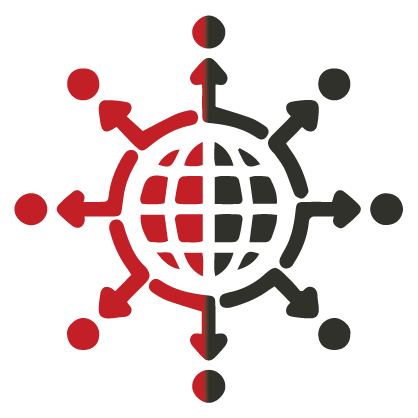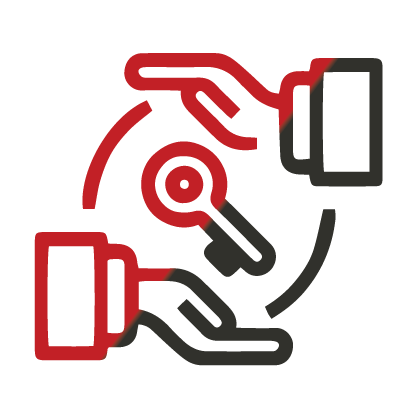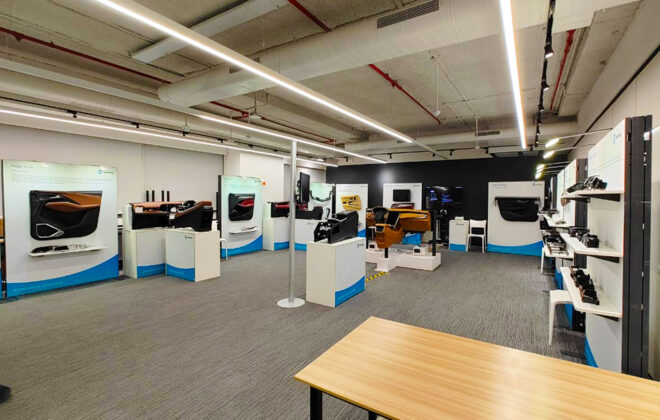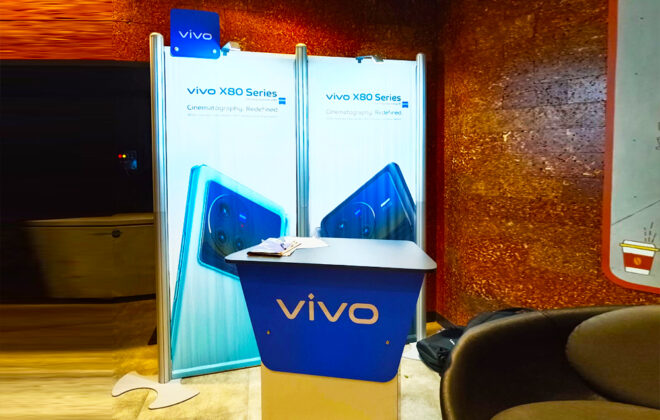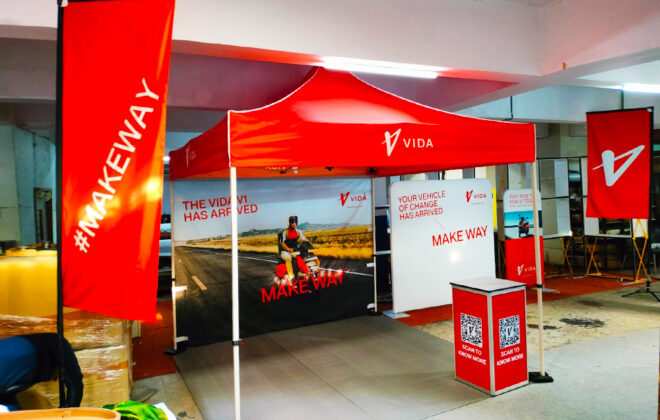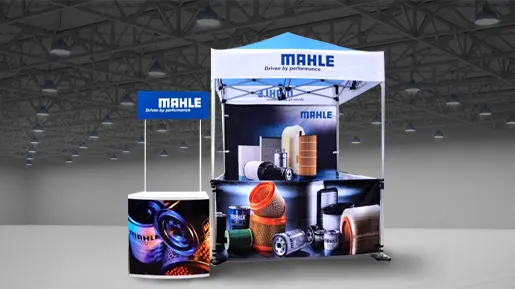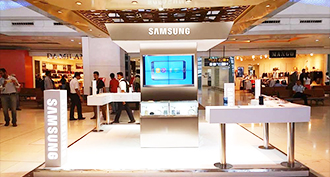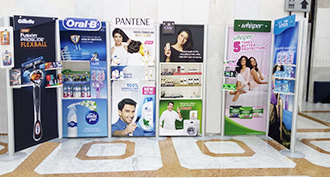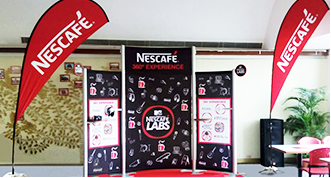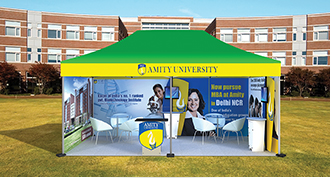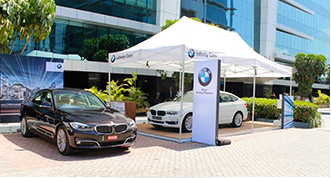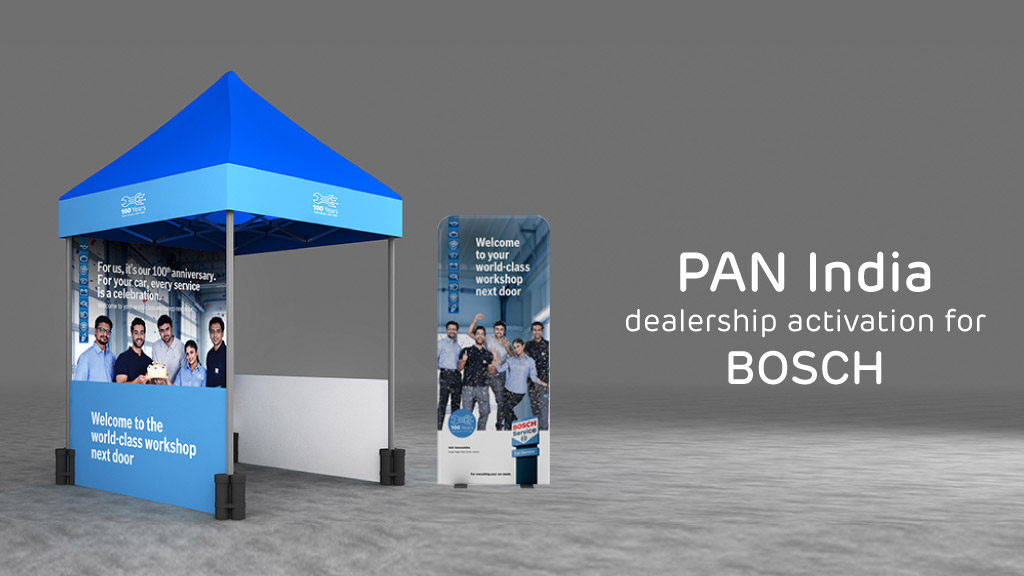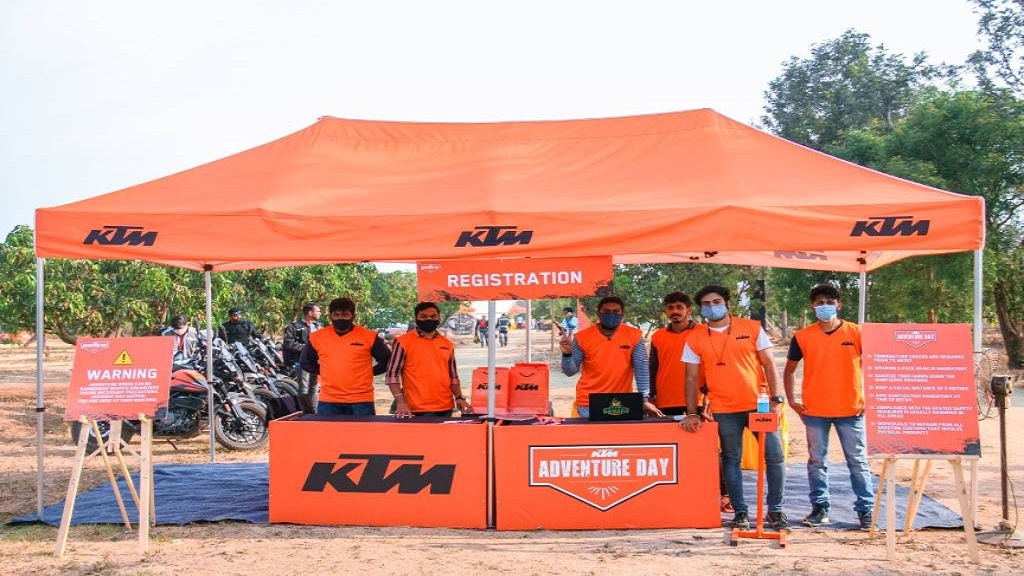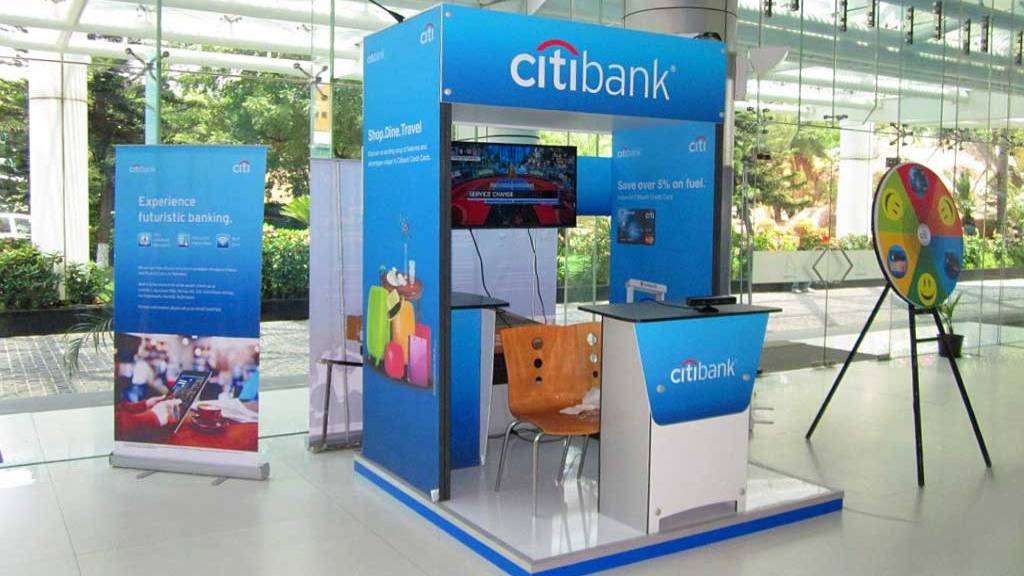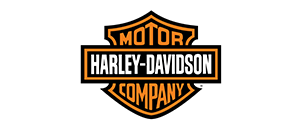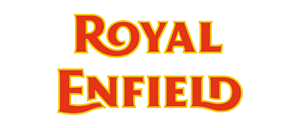We design and develop versatile setups for various BTL marketing activities, offering bespoke solutions for society activation, mall activation, corporate activation, and more. Our setups are built to withstand the wear and tear of rigorous promotions and unpredictable venues, ensuring reliability and impact.
We provide a range of solutions for your promotional activities. From design and production to logistics, installation, and dismantling, our team handles everything according to your budget and requirements. Our end-to-end service ensures a smooth experience and maximum effectiveness.
To deliver premium-quality promotional displays and activation setups, we conduct quality checks in our manufacturing facilities in Mumbai, Haridwar, and Gurugram. Our in-house production guarantees that every setup meets the highest standards of quality and durability.
We have an extensive network to facilitate hassle-free promotions across the country. We can help you conduct PAN India promotions, ensuring convenient delivery and flawless execution wherever you are promoting your brand.
What is BTL Marketing?
BTL (Below-The-Line) Marketing refers to promotional strategies that focus on specific groups or individuals rather than a large audience. The goal is to create a direct connection with the consumer and drive specific actions, such as purchasing a product or attending an event. The key characteristics are:
- Targeted Approach: BTL marketing is highly targeted, aiming at specific segments of the market. This can be based on demographics, purchasing behaviour, or other specific criteria. It ensures that the marketing message reaches those most likely to be interested in the product or service.
- Direct Interaction: BTL marketing activities involve direct engagement with consumers. This can include face-to-face interactions, personal communications, and hands-on experiences. Through this, brands can build relationships and foster loyalty.
- Measurable Results: BTL marketing campaigns are often easier to measure than other campaigns. Metrics such as response rates, ROI, and conversions can be tracked with precision. This ensures better analysis and optimisation of marketing efforts.
- Cost-Effective: BTL marketing can be more cost effective than mass media advertising. By targeting a specific audience, resources are used more efficiently. Brands with smaller budgets can achieve significant impact through well-executed BTL campaigns.
Get personalised Active Box designed in just 4 days
What are the benefits of BTL marketing?
Unique promotional activities differentiate a brand from its competitors and create memorable impressions. Engaging and interactive experiences enhance brand recall and recognition among consumers.
 Improved Product Understanding
Improved Product Understanding
BTL marketing often includes product demonstrations, allowing customers to see and understand the product’s benefits first-hand. Interactive setups can educate customers about complex products or services, making them more likely to make informed purchasing decisions.
Below-The-Line marketing activities such as local events and sponsorships allow brands to connect with local audiences and build a loyal customer base. Tailored campaigns for specific communities ensure cultural relevance and acceptance.
 Brand Advocacy and Word of Mouth
Brand Advocacy and Word of Mouth
Satisfied customers are more likely to share their positive experiences with friends and family, generating word-of-mouth referrals. Engaged customers can become brand ambassadors, advocating for the brand both online and offline.
What is the difference between ATL, BTL and TTL advertising?
ATL (Above-The-Line), BTL (Below-The-Line), and TTL (Through-The-Line) are different marketing strategies used to target audiences in various ways. Each approach has its own methods and objectives. Here’s a detailed explanation of the differences:
ATL (Above-The-Line) Advertising
ATL advertising uses mass media to reach a wide audience. It is typically aimed at brand awareness and broad reach rather than direct sales.
Common Channels:
● Television: Commercials aired on various TV channels.
● Radio: Advertisements broadcasted on different radio stations.
● Print Media: Ads in newspapers, magazines, and billboards.
● Cinema: Ads shown before movies in theatres.
● Online Display Ads: Banner ads and pop-ups on websites.
BTL (Below-The-Line) Advertising
BTL advertising focuses on direct, targeted, and personalised communication. It aims to engage specific groups of consumers and drive immediate actions.
Common Channels:
● Direct Mail: Personalised promotional materials sent directly to individuals.
● Email Marketing: Targeted email campaigns with personalised content.
● Events and Trade Shows: Engaging potential customers through exhibitions and events.
● Sampling and Demonstrations: Providing free samples or product demonstrations.
● In-Store Promotions: Point-of-sale displays and special offers within stores.
TTL (Through-The-Line) Advertising
TTL advertising is a blend of both ATL and BTL strategies. It aims to create a comprehensive marketing campaign that uses both mass media and direct engagement to achieve overall marketing goals.
Common Channels:
● Integrated Marketing Campaigns: Combining TV ads with social media engagement and email follow-ups.
● Digital Marketing: Using online platforms to target specific audiences while maintaining broad brand visibility.
● Content Marketing: Creating and distributing valuable content across multiple channels to attract and engage a specific audience.
Key Differences
1. Cost:
- ATL: Generally higher costs due to the use of expensive mass media channels.
- BTL: Often more cost-effective due to targeted and direct methods.
- TTL: A balanced budget that leverages both ATL and BTL strategies.
2. Engagement:
- ATL: Low direct engagement, focusing on awareness.
- BTL: High direct engagement, focusing on interaction and immediate response.
- TTL: Moderate engagement, combining both awareness and interaction.
3. Measurement:
- ATL: Harder to measure direct impact and ROI.
- BTL: Easier to track and measure specific results and ROI.
- TTL: Provides a more comprehensive measurement of campaign effectiveness.
OUR WORK
CLIENT WE SERVED





